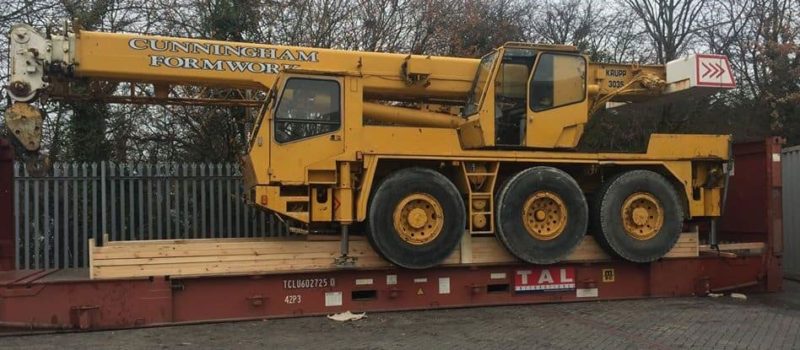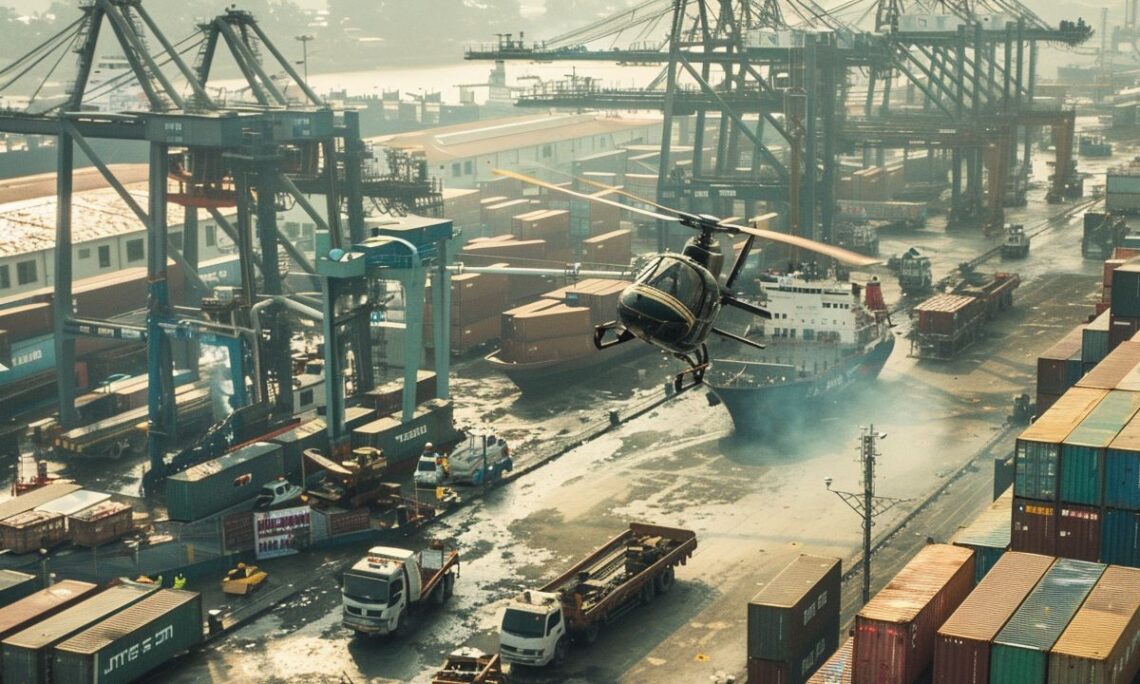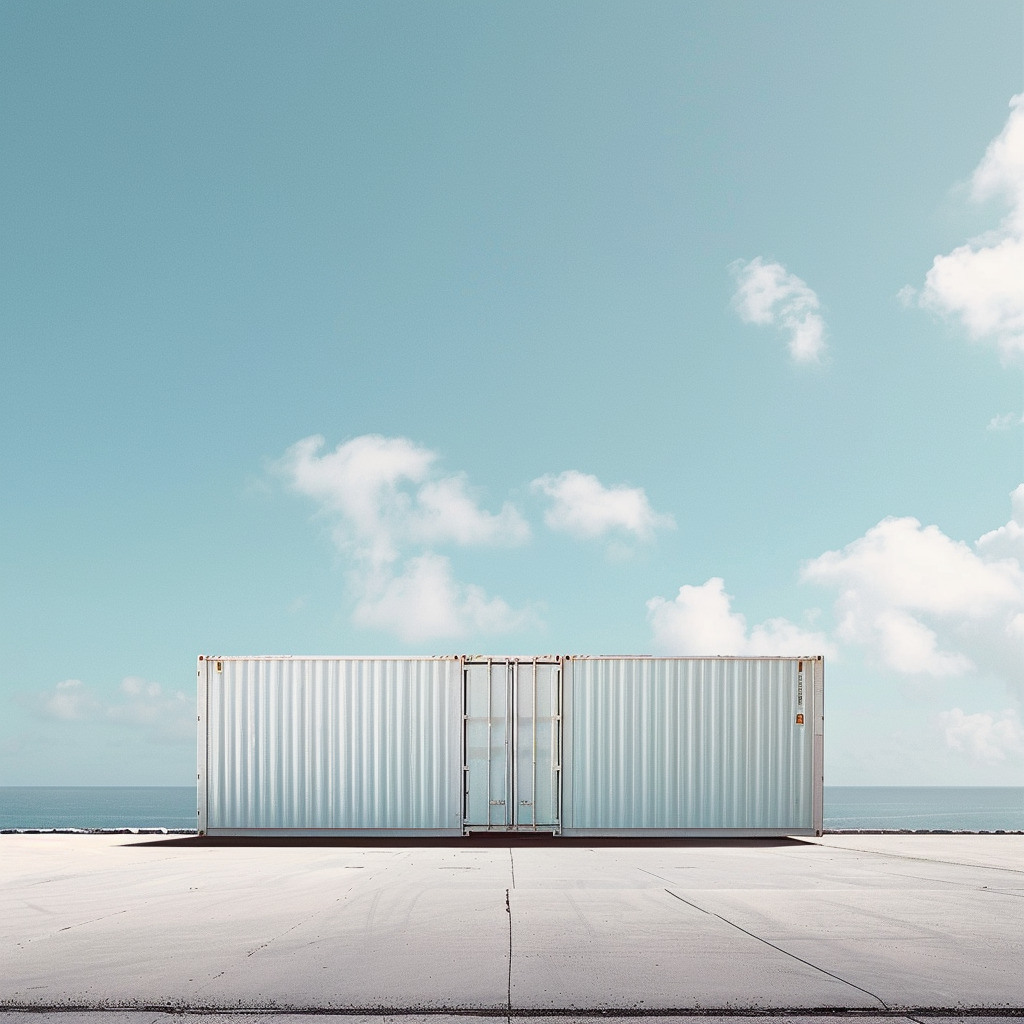While the concept of shipping containers sits around standardisation, you can’t always fit a square peg in a round hole! There are a range of shipping containers that are designed to take awkward and bulk loads.
Thanks to the special nature of them, these containers are designed to fit non-standard goods within the International Standards Organisation (ISO), and can be moved or stored in much the same way as the classic metal boxes one thinks of when it comes to shipping containers.
One of the advantages of container shipping over the old-fashioned ‘tramper’ ships is that the same efficiency-optimised equipment is used to load and unload the vehicles as the goods are moved over land and sea all over the world. This significantly reduces the costs of transport, with you and your clients doing the donkey work of loading and unloading the containers themselves. This is why specialised shipping containers have been developed – to enable containerised transport of almost everything you can imagine.
Let’s have a look at some of these non-standard shipping containers now – open top, flat rack, bulker and half-height.
Open Top Shipping Containers

If you have some gear or machinery that cannot be driven into a standard container – the driver can’t open the doors on a tractor when inside, for example – then it makes sense to drop the gear into the space from above. Industrial piping or oil drilling gear is another example where this can be used.
The benefit of having an open top shipping container is so the articles carried can sit within the ISO dimensions, and can be transported in the usual way.
One of the demands of ISO standards is that the container can be stacked thanks to its load bearing corners. Roofs of standard shipping containers are non-load-bearing (much like the ceilings of your home) but the corners are, allowing the containers to be stacked up to eight high. A specially fitted tarpaulin can seal it from the weather on the journey.
For international sea transport, the open top shipping container can be stacked on a ship as with every other container and stored in the port yards as normal.
Open top shipping containers can also be used for storage applications according to your needs – awkward things like scrap metal can be kept inside and relatively tidy, for example.
Flat Rack Shipping Containers

Flat rack shipping containers are another useful tool for non-standard shipping container loads. These might be good for large vehicles or jet engines that will sit just about within the ISO dimensions.
The flat rack containers can have end walls or not, and can still be stacked one atop another thanks to their load-bearing corners. They come in 6m (20ft) and 12m (40ft) sizes.
Here are some examples where flat rack shipping containers can be used:
- Yacht or boat transport
- Heavy machinery
- Tractors, trucks and other large vehicles (that can be driven onto the container unit)
- Industrial raw materials such as oversized drums, cables and metal sheets
- Large components such as aircraft engines
Bulker shipping containers
For some bulk loads it may well make sense to pay for a bulk carrier cargo ship to move several thousand tonnes of grain, ores or other bulk goods around the world. At the multi-thousand tonne mark for coal, ores and grain, there is an entirely different supply chain involved to transport the raw materials from producer to factory.
Not all bulk loads require a half-kilometre long bulk cargo ship such as the Mont! Where you are sending either high value bulk materials or a sample load to a client in another place, you can use a bulk shipping container that will still carry up to 26.3 tonnes of a material in a 12 metre unit. The Mont wouldn’t notice such a quantity but where you are sending a high value commodity to a production facility then it may make more sense in terms of getting it from A-B via a scheduled service.

For loading, the bulker shipping containers have lockable hatches on the roof so you can pour/drop the goods into the container. At the bottom of each door are lockable hatches that enable easy unloading of the bulk material as and when you need.
Bulker shipping containers have storage uses too – perhaps for storing smaller bulk materials ahead of use in production at your facility.
Half Height Shipping Containers
One of the limitations of shipping containers is that they have a maximum safe working load (SWL) per unit. You couldn’t just stuff a high cube standard shipping container with lead pipes as that would overload the cranes and equipment used to carry the boxes between modes of transport and storage.
Half height shipping containers meet the need for denser, high mass shipping as they carry the same SWL of a full height container but two can fit the same space. In theory therefore you could send two stacked half height shipping containers carrying 52.6 tonnes of goods in the same space as one full height one that is limited to just 26.3 tonnes.

Another application for half-height shipping containers that we at Gateway Container Sales have looked at before is their potential conversion into swimming pools! Where conversions are concerned, it would save on the cutting and reinforcing just to buy one of a half height.
These containers have an external height of 1,281mm and an internal height of 880mm, and can be used for a waist-depth pool that would be safer if you have young children about.
Need non-standard shipping containers?
As you can see above, even within the stringent requirements of the ISO, there are a wide range of adaptations of the shipping container concept to meet the demands and requirements of shipping, moving or storing goods. They are even readily modified according to your specifications.
Give Gateway Container Sales a shout today to discuss your needs!




